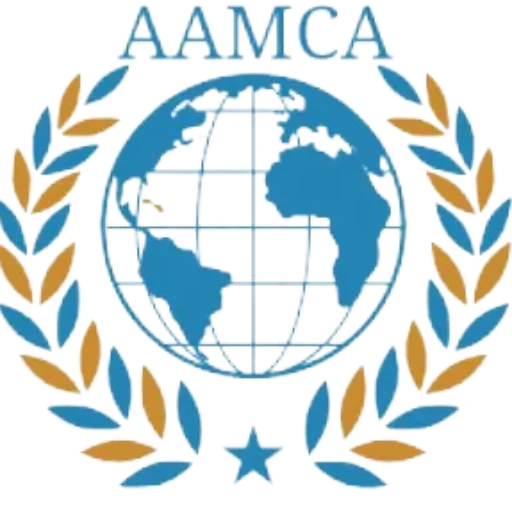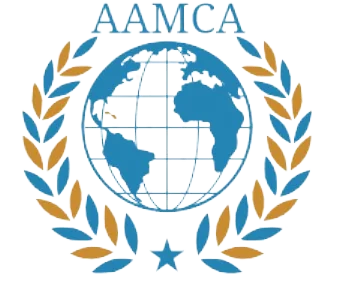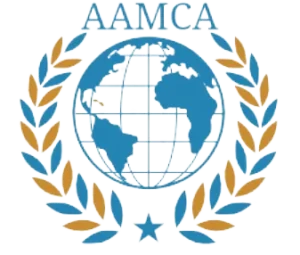Introduction to Paperless Administration
The emergence of digital technology has heralded a significant shift in administrative processes, leading to the rise of paperless administration. This innovative approach fundamentally changes how organizations manage their documentation, transactions, and communications by reducing or entirely eliminating the need for physical paper. The benefits of embracing a paperless environment are manifold, making it an increasingly attractive option for various sectors.
One of the primary advantages of paperless administration is its potential to enhance operational efficiency. By digitizing documents and adopting electronic signatures, organizations streamline workflows and minimize delays associated with traditional paperwork. Administrative tasks that once required significant time and effort can now be executed swiftly, allowing employees to allocate their efforts toward more strategic initiatives. This shift not only improves productivity but also fosters a culture of agility within organizations.
Cost savings represent another compelling reason to embrace a paperless approach. With reduced reliance on physical materials, businesses can significantly lower expenses related to printing, storage, and postal services. These financial benefits become particularly salient in today’s competitive landscape, where companies are continuously seeking avenues to optimize their budgetary allocations. Moreover, paperless solutions often require fewer resources for maintenance and management, further contributing to cost efficiency.
Environmental considerations play a vital role in the growing adoption of paperless administration. The reduction in paper consumption directly correlates with decreased deforestation and lower carbon footprints. Organizations adopting this approach demonstrate a commitment to sustainability, which can enhance their reputation and appeal among eco-conscious consumers and partners. Electronic signatures and seals, integral to this transformation, enable secure transactions that uphold legal validity without relying on traditional, paper-based methods.
In conclusion, the transition to paperless administration marks a transformative evolution in how organizations function. The integration of electronic signatures and seals is essential in advancing this trend, setting the foundation for more efficient, cost-effective, and environmentally responsible administrative processes.
Understanding Electronic Signatures and Seals
Electronic signatures and seals represent crucial advancements in the realm of digital documentation, facilitating efficient and secure administrative processes. The operation of electronic signatures essentially mirrors that of traditional handwritten signatures, serving as a digital representation of an individual’s intent to approve and authenticate a document. To ensure their integrity and sincerity, electronic signatures employ various cryptographic techniques, allowing for secure validation of the signer’s identity and the document’s authenticity.
The process typically begins when an individual affixes their electronic signature to a document, which can be accomplished using various methods, including a stylus or mouse, signature pads, or even through biometric authentication. Once signed, the electronic signature is bound to the document using a unique cryptographic key. This key essentially creates a digital fingerprint of the document, which is linked to the signer’s identity. Should any alterations be made to the document after signing, the cryptographic system will indicate a discrepancy, thereby ensuring the integrity of both the document and the signature.
On the other hand, electronic seals function as digital notations that confirm the source and integrity of documents, particularly in legal contexts. While an electronic signature is typically associated with an individual, an electronic seal is often utilized by organizations or entities to signify official approval. Both mechanisms share similarities, particularly in their use of cryptographic technologies, yet they serve distinct purposes. E-signatures signify the consent and acknowledgement of individual signers, whereas e-seals represent transactional legitimacy and authenticity from institutions. Understanding these functionalities is essential as organizations increasingly adopt electronic signatures and seals to streamline their administrative processes, ensuring compliance and enhancing security.
Types and Levels of Electronic Signatures and Seals
Electronic signatures and seals represent a crucial advancement in modern administrative processes, reflecting the growing need for secure and efficient transaction methods. These signatures are categorized into three main types, each varying in complexity and security features: simple electronic signatures, advanced electronic signatures, and qualified electronic signatures.
Simple electronic signatures are the most basic form and can be employed for non-sensitive transactions. They may include scanned images of handwritten signatures or even typed names. This level of signature is suitable for informal agreements or documents that do not require robust security measures. However, due to their ease of creation, simple electronic signatures lack the legal weight and security features necessary for significant commitments or sensitive information.
Advanced electronic signatures, in contrast, offer enhanced security measures and are often used in more complex business contracts. These signatures are uniquely linked to the signatory and allow for identification and validation through various methods, such as encryption or secure authentication mechanisms. Using an advanced electronic signature provides a higher level of integrity and non-repudiation, making them ideal for crucial business transactions where both trust and legal assurance are paramount.
Finally, qualified electronic signatures represent the pinnacle of security and legal standing. Governed by strict regulations, they are created using a secure signature creation device and are based on a qualified certificate issued by a trusted authority. This type of signature is essential for the signing of official documents, regulatory filings, or any scenarios where the highest level of legal recognition is required. Their use not only complies with stringent legal standards but also assures all parties involved of the transaction’s authenticity and integrity.
The differentiation between these electronic signature levels is critical, as businesses and individuals can select the appropriate type based on the specific context of use, thereby ensuring security and compliance in their digital transactions.
Implementing Digital Signatures in Organizations
As organizations increasingly transition towards a digital framework, the adoption of digital signatures becomes an integral component of their administrative processes. Digital signatures, which provide a secure and efficient means of signing electronic documents, are crucial for ensuring both authenticity and non-repudiation. To effectively implement digital signatures, organizations must first explore and select from a variety of e-signature platforms available in the market. These platforms offer features that cater to different organizational needs, including customizable workflows, integration with existing software, and compliance with legal standards.
Among the commonly used e-signature solutions are DocuSign, Adobe Sign, and HelloSign, each providing varying levels of security, user interface, and support options. Organizations should assess their specific requirements, such as the volume of documents processed and the level of security needed for sensitive information. Additionally, engaging with legal advisors to ensure compliance with relevant laws, such as the eSign Act and other local regulations, is essential in this selection process.
Another critical aspect of implementing digital signatures is the integration of digital seals. Digital sealing tools add an additional layer of security and assurance by embedding a cryptographic seal into the document, which can verify the integrity and authenticity of signed content. These tools are particularly beneficial for governmental authorities and organizations that require formal validation of documents. Furthermore, establishing long-term storage solutions for legally signed documents ensures that organizations can access historical records when needed, while also complying with retention policies and legal guidelines.
Incorporating digital signatures and seals into organizational workflows not only enhances administrative efficiency but also modernizes the signature process, paving the way for a more agile and responsive work environment. A well-planned implementation strategy that includes training employees and providing ongoing support will empower staff to navigate this transition with confidence.




